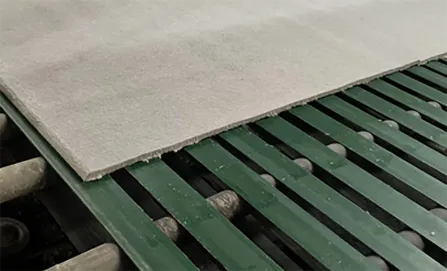Nov . 20, 2024 21:05 Back to list
how to install access panel in ceiling
How to Install an Access Panel in a Ceiling
Installing an access panel in your ceiling can be a practical addition to your home or commercial space, providing easy access to plumbing, electrical wiring, or HVAC systems while maintaining a clean and professional appearance. This guide will walk you through the steps needed to install an access panel in your ceiling.
Tools and Materials Needed
Before you begin, gather the necessary tools and materials
- Access panel kit (ensure you choose the right size) - Measuring tape - Pencil or marker - Drywall saw or utility knife - Stud finder - Level - Screwdriver - Drywall screws or anchors - Construction adhesive (optional) - Safety goggles - Dust mask
Step 1 Plan the Location
The first step in installing an access panel is determining the location. Look for areas where access is needed, such as above sinks or electrical fixtures. Ensure that the panel is placed in a convenient spot that minimizes the need to move furniture or other obstacles. Use a stud finder to identify the location of ceiling joists and avoid cutting through them, as this can compromise the structural integrity of your ceiling.
Step 2 Measure and Mark
Once you've selected the location, use a measuring tape to determine the size of the access panel you are installing. Most panels come in standard sizes, so select the one that fits your needs. Mark the outline of the access panel on the ceiling using a pencil. Ensure your markings are level and square, as this will make the installation process smoother.
Step 3 Cut the Opening
Using a drywall saw or a utility knife, carefully cut along the marked outline. If you are cutting drywall, ensure to support the panel securely while cutting. Take your time to create clean edges for a neat installation. Once the opening is cut, gently remove any debris or loose drywall pieces.
how to install access panel in ceiling

Step 4 Install the Access Panel Frame
With the opening made, place the access panel frame into the hole. Make sure it's centered and flush against the ceiling. Depending on the type of access panel you purchased, it may have clips or brackets that need to be secured. If the panel requires screws, use a screwdriver to attach the panel frame to the ceiling, ensuring it's securely fastened. In some cases, construction adhesive can be applied around the edge for additional stability.
Step 5 Attach the Access Panel Door
Once the frame is installed, attach the panel door according to the manufacturer's instructions. Typically, this involves aligning hinges or latches and securing them in place. If your access panel has a door that swings open, ensure it opens easily and does not obstruct any joists or electrical wiring.
Step 6 Finish the Installation
To achieve a polished look, you may want to paint or finish the edges of the access panel. This can help it blend seamlessly with your ceiling. If you have any exposed edges from the cut, consider using joint compound to smooth them out and then painting over the area to match the rest of your ceiling.
Step 7 Final Inspection
After completing the installation, conduct a final inspection to ensure everything is secure and functions properly. Open and close the panel door to test its operation, and check for any gaps or misalignments.
Conclusion
Installing an access panel in your ceiling is a straightforward project that can provide significant benefits, from emergency access to maintenance of essential systems in your home or business. With the right tools and a little patience, you can successfully install an access panel yourself, adding both functionality and easy access to your space. Remember to adhere to local building codes and safety standards throughout the process, ensuring a safe and effective installation.
-
Quality Ceiling Trap Doors & Access Panels | Easy & Secure AccessNewsAug.30,2025
-
Durable Ceiling T Grid Systems | Easy InstallationNewsAug.29,2025
-
PVC Gypsum Ceiling: Durable, Laminated Tiles for Modern SpacesNewsAug.28,2025
-
Pvc Gypsum Ceiling Is DurableNewsAug.21,2025
-
Mineral Fiber Board Is DurableNewsAug.21,2025
-
Ceiling Tile Clip Reusable DesignNewsAug.21,2025







